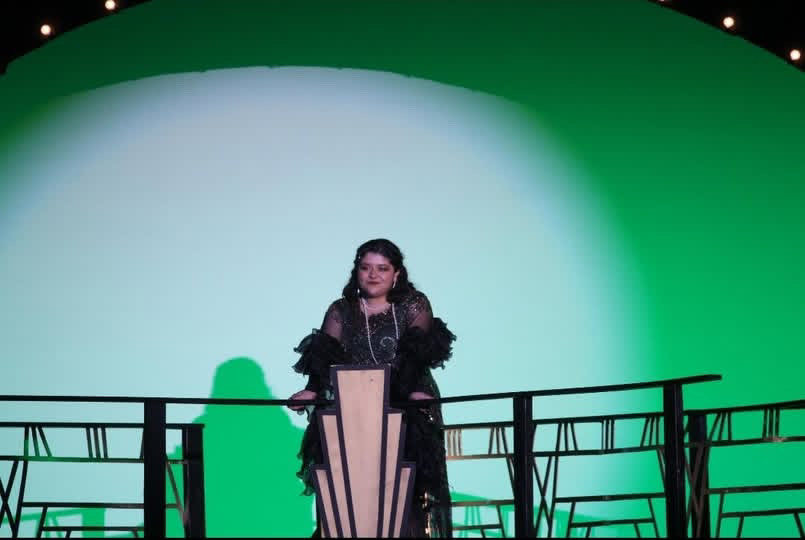Felix Bardales
Crimson Chronicle Reporter
For years, speculation about the distribution of funds among the school’s Small Learning Communities (SLCs) has fueled debate. Students have long wondered why opportunities and resources seem to be distributed unevenly, yet recent conversations with school staff and administration have since offered clarity on how funds are actually distributed.
Public schools primarily obtain funding based on student enrollment numbers, which determines how much money is allocated to pay teachers and staff. This main source of funding is largely out of the school’s direct control, meaning that SLCs with higher enrollment often receive more money. At Hollywood, each SLC has their own designated school code, which is used to track enrollment and allocate funds. The New Media Academy (NMA) and the Performing Arts Magnet (PAM) have their own distinctive codes while the School for Advanced Studies (SAS) and the Teaching Career Academy (TCA) share one.
Additional funding comes through grants provided by the Los Angeles Unified School District or through federal and state programs. These grants can be given to schools based on their designation: whether they are a learning program, California Partnership Academies or participation in the Golden State Pathway Program. These grants are used to allocate funds to specific programs in a school, including magnets or career pathways.
At our school, each SLCs applies for and manages its own grants. Specific SLC staff deal with these petitions for allocations, not as a whole school as the common belief may be.
For example, grants for the New Media Academy (NMA) are handled by Ali Nezu, the NMA magnet coordinator.
“Everyone knows Ali Nezu, she writes a lot of these grants in order to get extra funding,” Alycia Escobedo said.
Though Escobedo is not a current member of the school’s budget committee, she remains active with all things related to the budget or grants provided to the school. She concerns herself mainly with the budgetary decisions regarding the NMA and PAM SLCs. In her role, she helps address how resources students are allocated to best fit each program’s needs.
Nezu, who currently serves on the budget committee, works toward securing grants to receive outside funding and provide resources for NMA.
“We have a video production and animation pathway,” Nezu said, “So we write specific grants for that Career Tech Education type of pathway, and we get money based on that.”
Career Technical Education (CTE) pathways are programs under the California Department of Education that encourage and facilitate the hands-on exploration of technical careers through real-world experience. For NMA, this means the video production and animation pathways receive targeted CTE funding.
These pathways provide an opportunity for teachers to advocate for funds toward their SLC.
While it’s often assumed that the school administration arbitrates which SLCs receive more funds, that’s not the case. Rather, funding is largely dependent on two main factors: enrollment and grants. In terms of what the staff can control, it’s what their SLC specific staff advocates for through grants and other outside sources.




